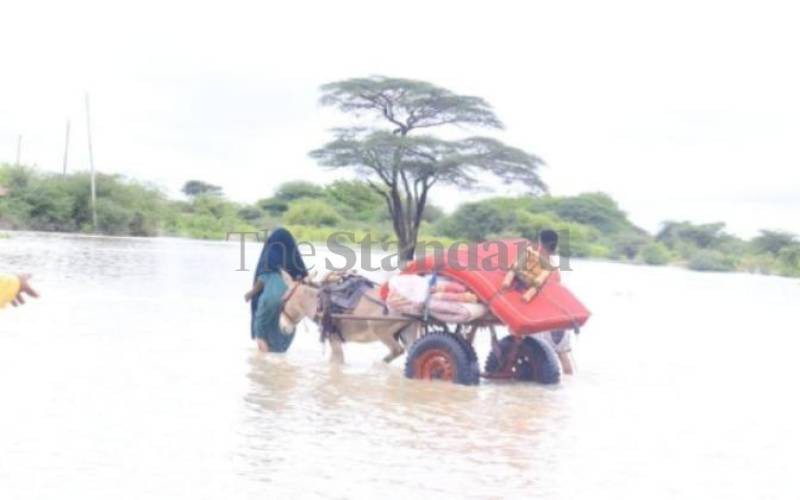×
The Standard e-Paper
Informed Minds Prefer The Standard

At the COP27 summit in Sharm El-Sheikh, Egypt, an agreement to establish a loss and damage fund was hailed as a major breakthrough on one of the trickiest topics in the UN climate change negotiations.
In an otherwise frustrating conference, this decision in November 2022 acknowledged the help that poorer and low-emitting countries in particular need to deal with the consequences of climate change - and, tentatively, who ought to pay.